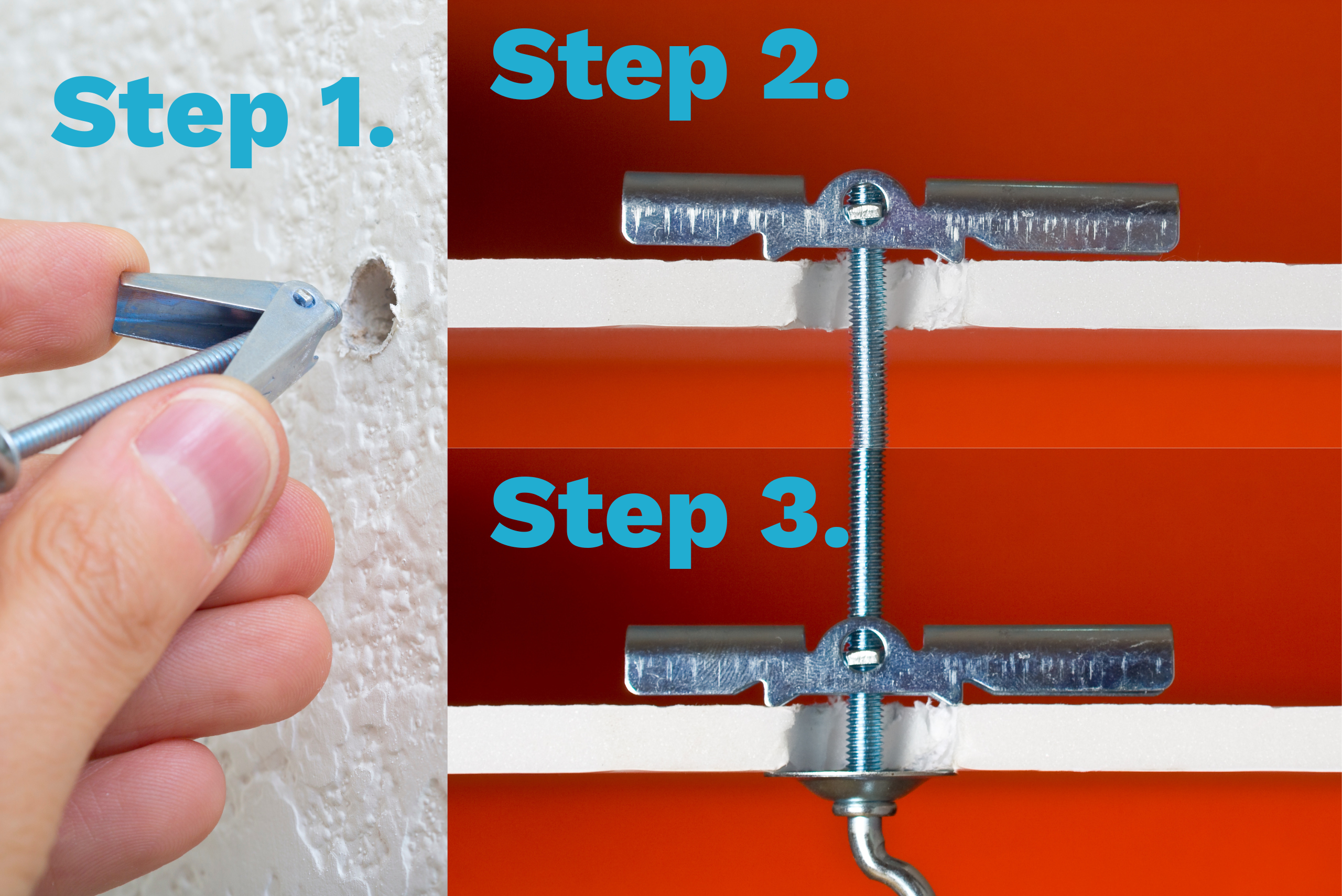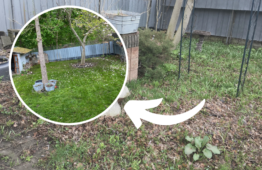Molly Bolts vs Toggle Bolts – Do You Know The Difference?
When stepping into the world of DIY home improvement, there is a plethora of tools and materials at your disposal, each designed for specific tasks. Among these, molly bolts and toggle bolts stand out as essential fasteners for heavy-duty hanging projects. These little marvels allow you to secure heavy items to walls without the fear of them pulling away and causing damage. Understanding the nuances between molly bolts vs. toggle bolts can be the difference between a successful project and a DIY disaster. Let’s dive into the world of these fasteners, exploring their uses, benefits, and how to choose the right one for your next project.
Unveiling the Mysteries of Molly Bolts and Toggle Bolts
Molly bolts and toggle bolts, while often mentioned in the same breath, cater to slightly different needs and wall materials. Molly bolts, known for their metal sleeve, are ideal for plaster and drywall. They expand behind the wall when installed, offering a secure hold for medium to heavy objects.
On the other hand, toggle bolts, recognizable by their wing-like design, are better suited for handling heavier loads. The wings open up behind the wall, distributing weight more evenly and providing robust support. Both types of bolts are indispensable in the toolbox of a DIY enthusiast, but knowing when and where to use them can significantly impact the outcome of your project.
Understanding When to Use Molly Bolts vs. Toggle Bolts
Choosing between a molly bolt and a toggle bolt boils down to two main factors: the weight of the item you’re hanging and the wall material. Molly bolts are your go-to for objects that aren’t excessively heavy but still require a firm hold, such as large picture frames or small shelves.

They’re particularly effective in drywall and plaster, where their expansion mechanism can grip securely. Toggle bolts, with their capacity for heavier loads, are perfect for mounting shelves that will bear considerable weight, large mirrors, or even flat-screen TVs. They excel not just in drywall and plaster but can also be used in hollow-core doors and paneling, making them incredibly versatile.
Installation Tips and Tricks When Using Molly Bolts and Toggle Bolts
Installing molly bolts and toggle bolts might seem daunting, but with a few tips and tricks, it can be a breeze. For molly bolts, the key is to drill a pilot hole slightly smaller than the bolt itself. This ensures a snug fit, allowing the metal sleeve to expand properly behind the wall.

For toggle bolts, the pilot hole needs to be large enough for the folded wings to pass through. Once inserted, tightening the bolt pulls the wings against the back of the wall. It’s a magical moment when everything clicks into place, providing a sturdy anchor for your items. Patience and precision in measuring and drilling are your best friends in this process.
Creative Uses for Molly Bolts and Toggle Bolts
Beyond their traditional uses, molly bolts and toggle bolts offer a canvas for creativity. Have you ever considered using them for creating a vertical garden on your wall? Or perhaps for securing a unique piece of driftwood as a rustic, floating shelf? The strength and versatility of these bolts open up a world of possibilities for interior decor.

A tip for the adventurous DIYer: mix and match bolt types depending on the items’ weight and wall material. This approach can lead to not only a securely mounted project but also an aesthetically pleasing arrangement that reflects your personal style.
- How to Use a Toggle Bolt for Wall Mounting on Drywall
- Sheetrock vs. Drywall – Understanding the Key Differences and Similarities
- Your Guide to Different Types of Drywall Anchors
In the realm of DIY home improvement, molly bolts and toggle bolts are unsung heroes. They provide the backbone for many projects, ensuring that our treasured possessions stay securely mounted on the walls. Understanding the difference between molly bolts vs. toggle bolts and knowing how to use them can elevate your DIY projects from good to great. Whether you’re hanging art, installing shelves, or embarking on a more creative endeavor, these fasteners will not let you down. Remember, the right tool for the right job makes all the difference. Happy DIYing!
Ready to start your next project? Join our DIY community to receive tool tips, how-to guides, and exclusive creative insights. Subscribe to the ManMadeDIY newsletter now!








